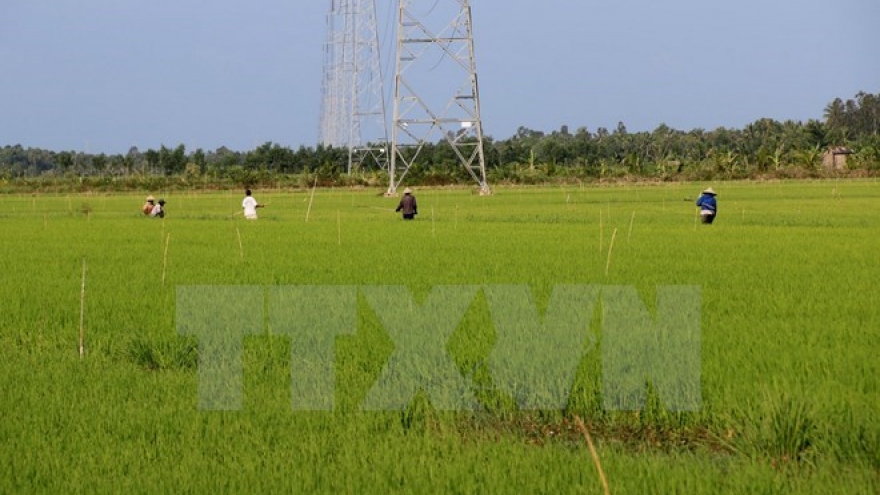Hi-tech, advanced techniques key to agriculture future
Applying high technologies and advanced techniques in agricultural production will be key to Vietnam’s efforts to enhance the quality of products and boost exports, according to agricultural experts.
 |
With export value of about US$30 billion each year, Vietnam is one of leading exporters of agricultural products of rice, cashew, pepper, tapioca, and fruit and vegetables.
Vietnam is one of the three biggest exporters of rice, shipping seven to eight million tonnes abroad each year. The country has been the leading exporter of cashew for the past 10 years.
Vietnam’s peppercorn output accounts for 30 percent of world production. It sells peppercorn to 80 countries, making up half of total pepper trade volume in the world.
The country exports nearly four million tonnes of cassava yearly, half of which is tapioca while exports of vegetables have increased continuously in the past four years, with the value tripling from 770 million USD to 2.2 billion USD during the 2012-2015 period.
Despite those achievements, agricultural experts said Vietnam’s agriculture needs to transform in terms of scale, technology, and management to optimise land and human resources.
Being aware of this, the country aims to form 300 high-tech agricultural enterprises and three to five high-tech agricultural zones in each major economic zone by 2020.
The country’s hi-tech agriculture sector began shaping up with the establishment of hi-tech agriculture parks in provinces and cities around the country.
One example is the government-built HCM City Hi-Tech Agricultural Park that proves its production model is superior to traditional agricultural production.
Another typical hi-tech agricultural production facility is the high-quality seedling centre of the Hanoi Agriculture Investment and Development Company.
Despite these initial successes, hi-tech agricultural production still faces difficulties due to lack of cooperation between scientific organisations, enterprises and producers; between central and local governmental agencies and between sectors.
To further develop hi-tech agriculture, it is necessary to develop enterprises and cooperatives to form large-scale production zones, boost investment for scientific-technological research on plant and animal varieties and create policies to attract foreign investment.



